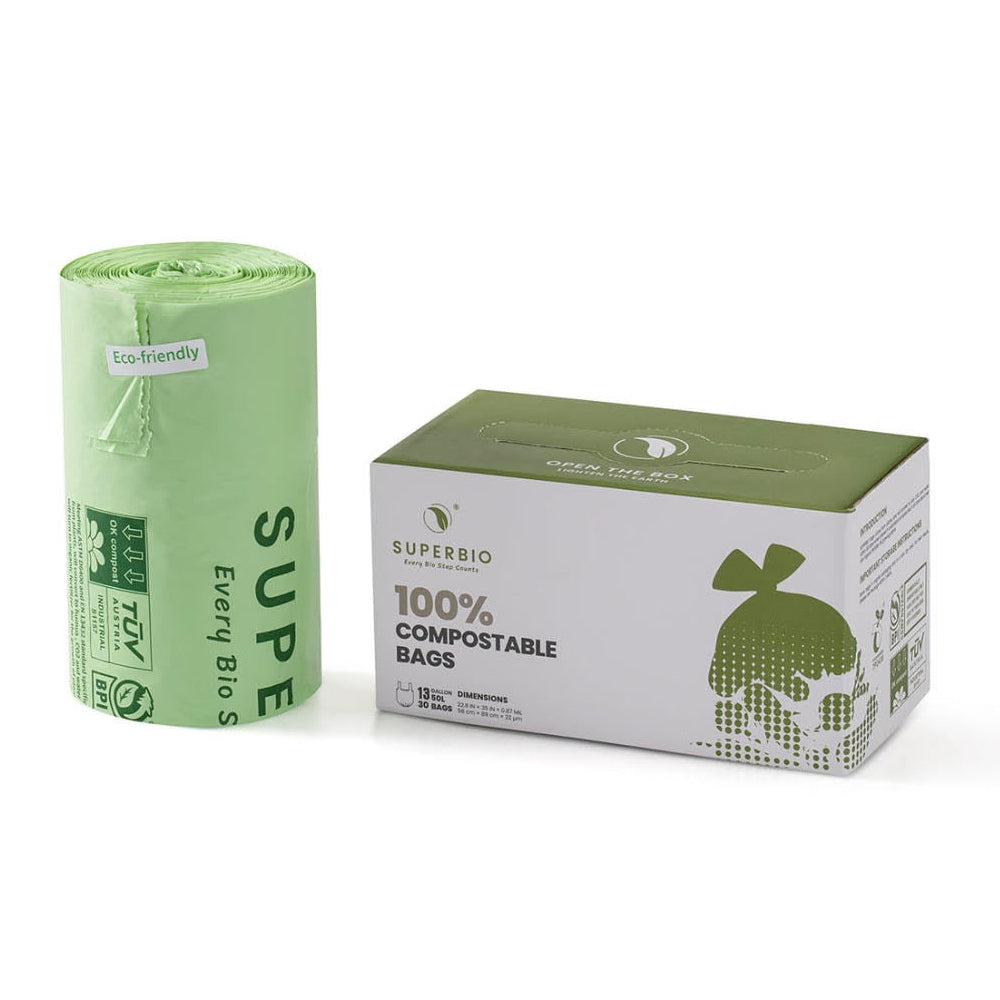Shadeshifting Blue Sharks Rewrite Ocean Camouflage Rules
Blue sharks stand out in the open ocean because their backs flash a vivid indigo that fades to silver-white below. The slim bodies, long sickle-shaped fins and conical snouts help them slice efficiently through temperate and tropical waters on epic trans-ocean migrations, Shark Research Institute reports.
Individuals often shadow major currents, covering thousands of miles while hunting squid, small fish and the occasional seabird. Yet this radiant traveler faces steady decline: as many as 20 million are caught each year, pushing the species toward “Near-Threatened” status, according to the Smithsonian Ocean Portal.
Teeth for Armor, Not Just Biting
A blue shark’s skin feels like fine sandpaper because every scale is a dermal denticle—an outward-facing tooth. Beneath the enamel lies a pulp cavity filled with microscopic structures that do more than stiffen the animal’s hide. Research led by City University of Hong Kong found that the cavities hold guanine crystals arranged like mirrors paired with dark melanosomes, IFLScience reports. This partnership of reflector and absorber intensifies the blue while filtering out stray wavelengths.

Blue sharks generate color through nanostructured guanine crystals.
Nanoscopic Color Control
The same denticles also build a switchboard for rapid color shifts. Computational models show that squeezing the guanine layers closer reflects shorter wavelengths, deepening the hue; spreading them farther apart nudges the spectrum toward greens and even golds, reprots Mirage News. Because spacing changes can occur under modest pressure, a shark diving to greater depths experiences enough compression to darken its skin. Rising again restores the trademark cobalt.
Pressure, Light, and a Shape-Shifting Hide
Environmental triggers appear subtle yet powerful. Increased water pressure, temperature shifts or minor hydration changes inside the denticle pulp can alter the crystal lattice in moments, according to findings presented at the Society for Experimental Biology conference and summarized by Phys.org. The result is a living camouflage system: a shark gliding beneath sunlit waves glows bright blue against the sky, then turns darker green in dimmer zones to blur with the deep.
Color flexibility gives blue sharks an adaptive edge. Predators lurking above see a shimmering background instead of a clear outline, while prey below witness a shadowless silhouette. Efficient camouflage is vital, as these sharks often cruise close to the surface during dusk when hunting is best, the Shark Research Institute notes. The same denticles also reduce drag and limit fouling, letting the fish conserve energy as it travels.

Crystal spacing tightens under water pressure, darkening the hue.
Blueprints for Future Materials
Engineers are taking notice. Structural color—hues produced by micro-architecture rather than chemical pigments—creates robust coatings that never fade and shed few pollutants. A surface combining drag reduction, antifouling and dynamic tint could revolutionize marine technology, from ship hulls to underwater drones, IFLScience reports. Bio-inspired prototypes are still distant, but the shark points the way.
Conservation Urgency
Despite the marvel hidden in its skin, the blue shark is one of the most heavily fished sharks worldwide. Longline bycatch, finning and unmanaged harvests erode populations across oceans, the Smithsonian Ocean Portal reports.
Effective management—size limits, bycatch caps and enforcement—would preserve both the species and the secrets inside its denticles. Protecting these animals safeguards not only an apex predator but a natural design lab with lessons for cleaner industry.

Dynamic camouflage helps the shark evade predators and ambush prey.
A Palette Still Unfolding
Each time scientists peel back a dermal denticle, they find another layer of ingenuity written at the nanoscale. The blue shark’s skin does far more than shimmer; it responds, adapts and teaches.
Future dives may reveal how ocean pressure, speed and light orchestrate the color symphony in real time. For now, the ocean’s sapphire nomad continues its silent performance, switching shades as casually as we blink—an evolutionary masterpiece gliding just below the waves.





























































































































































































































































































































































